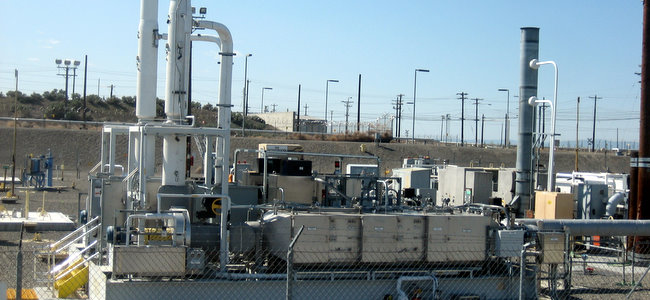Waste Processing & Special Nuclear Materials

This focus area of CRESP work includes coordinated research, strategic assessment and reviews focused on developing tools and techniques to assess and enhance the integrated performance of engineered and institutional features of waste containment, land disposal systems and isolation of residual contamination during and after remediation and near surface waste disposal.
Current Activities
![]() Cementitious Barrier Partnership (CBP)
Cementitious Barrier Partnership (CBP)
Center for Applied Separations Science & Engineering (CASSE)